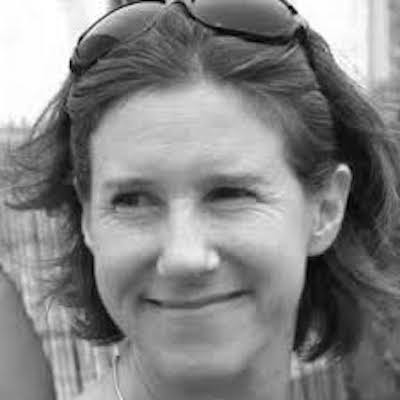
Marching Forward, Part 2
Continuing our March focus on women in the AEC industries, we’re featuring Esther Sperber, a New York City-based architect who has written about the relationship between architecture and psychoanalysis.
I knew little about the work of an architect when I applied to architecture school, but I clearly remember my excitement when I discovered the design process in my first studio projects. Now, after twenty years of practice, I can better articulate what is unique and fascinating to me about the field of architecture.
As architects, we are tasked to create physical solutions to complex problems; buildings that respond to the urban context, social structures, functional needs, environmental conditions, financial limits, and more. Architecture synthesizes these challenges and creates spaces that expand the range of human and social experiences.
We inherited the Romantic image of the “architect” as a lone autonomous genius. This view of creativity ignores other models of inventions which thrive through collaboration, leadership, and negotiation, design methods that often exclude women and the ways in which firms and partnerships practice.
I am interested in a deeper understanding of the design process, one which acknowledges the centrality of interpersonal processes, which I call “relational creativity.” At my firm, we strive to foster a collaborative creative process in which the wishes and needs of the client, users, engineers, city officials, and architects shape a successful, innovative solution.

Esther Sperber founded Studio ST Architects in 2003. Previously, she was with Pei Partnership Architects, where she worked closely with I.M. Pei. Born and raised in Jerusalem, she studied architecture at the Technion in Haifa and at Columbia University in New York City.